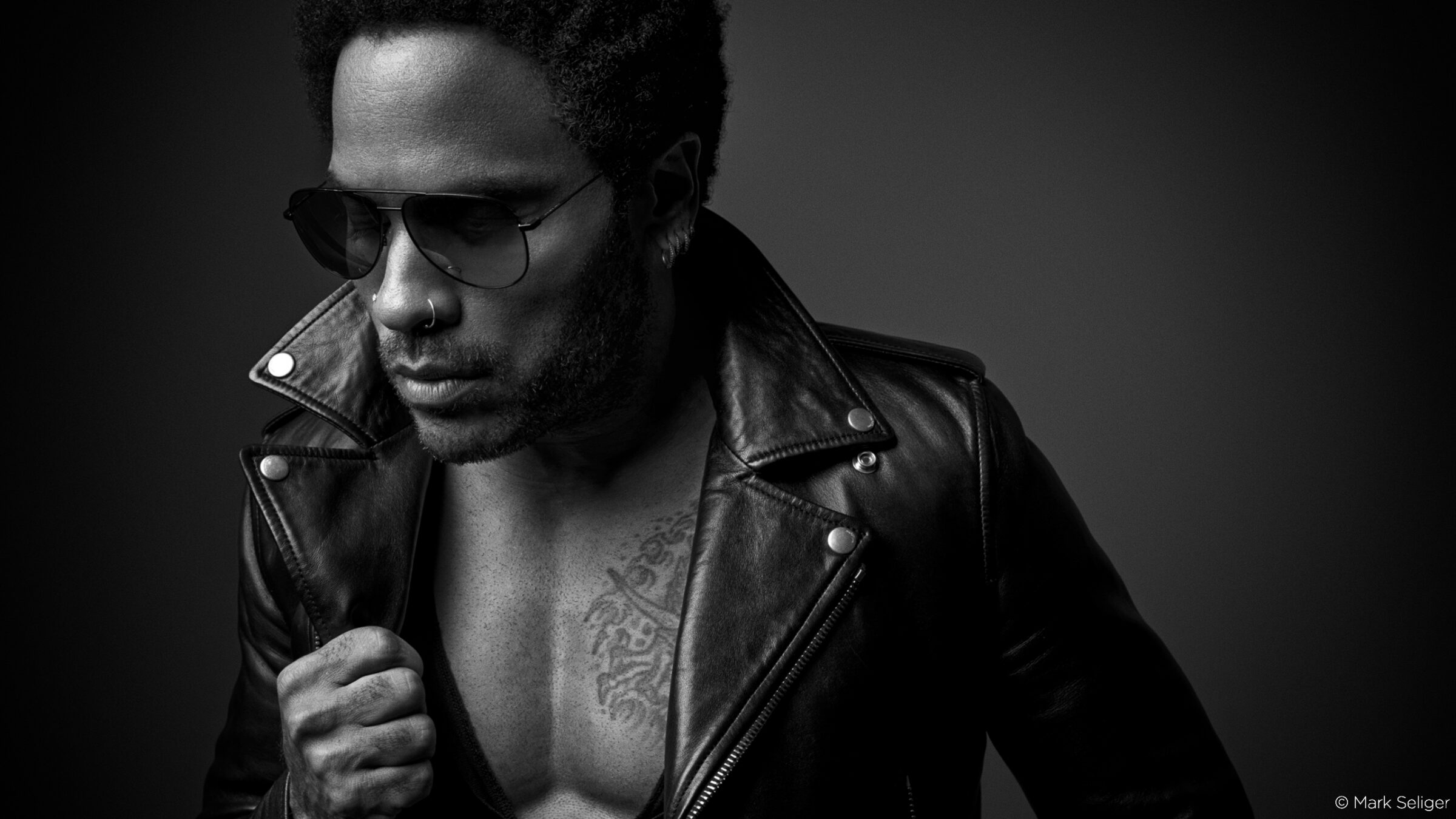In 1987, Mark Seliger’s photography career began, working on assignment for Rolling Stone magazine. By 1992 he was appointed as their Chief Photographer, shooting over 125 covers during his time there. Later working for Condé Nast, Seliger now shoots regularly for Vanity Fair, Elle and Vogue. He has published numerous books and received esteemed awards over the course of his career. In 2017, Seliger’s portrait work became a part of the permanent collection in the Smithsonian Institution, Washington DC.
Portrait photographer, Mark Seliger, kindly shared his thoughts on black and white photography. What the absence of color adds to his photography, and why he keeps returning to the form.
The Philosophy Behind the IQ3 100MP Achromatic
The IQ3 100MP Achromatic was developed as a tribute to the art world. Phase One makes cameras, but the people behind our devices are the reason we do what we do. We wanted to create a camera system that captured the timelessness of black and white photography in never-before-seen detail.
I keep going back to black and white, because it has renewed the idea of photography having an emotional impact.
Thinking back to where photography began for you; was black and white always your passion?
“My first start as a photographer was in 1972 in the darkroom when I was 13 at a Jewish Community Center. I took an introductory darkroom class in black and white. That’s where it all began for me.”
What does black and white photography do for your images?
“Black and white was always my passion in terms of print making, but I found my way into editorial from being able to shoot color. I keep going back to black and white, because it has renewed the idea of photography having an emotional impact. I see black and white and color as different paintbrushes. What each ‘paintbrush’ can do, depends on what the subject matter is. But for me, a simple black and white portrait can sum up all aspects of photography for me.”
A black and white picture has the ability to transport the viewer into a different time and place. It essentially creates the illusion of a timeless experience.
What do you feel is the difference between a black and white and a color photograph?
“When you remove color from an image, it instantly feels more theatrical and elevated. In a portrait that is black and white, I find a certain elegance and gravitas. A black and white picture has the ability to transport the viewer into a different time and place. It essentially creates the illusion of a timeless experience.”
What are your thoughts on Phase One creating a dedicated 100MP Achromatic digital back?
“Having a dedicated digital back for black and white seems like a natural progression in the age of digital. A dedicated system where the quality and the purity of a black and white image does not compete with layers of color, but just focuses on the purity of highlights, shadow and mid-tones. I think it was the necessary next step to bring the quality up to the standard and the expectation that photographers who understand what black and white film is.”

Photographer Stories
Intimacy in focus: Louise’s lens on humanity with Phase One_Part1

Photographer Stories
Dimitri Newman: Vision is Just the Start
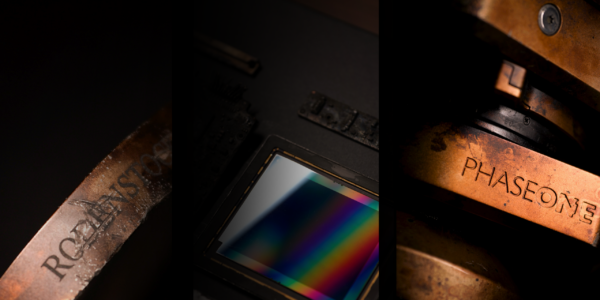
Photographer Stories
Ashes: The Rebirth of a Camera- Hexmalo

Photographer Stories
Chandler Williams: A Photographer’s Path

Photographer Stories
TABO- Gods of Light
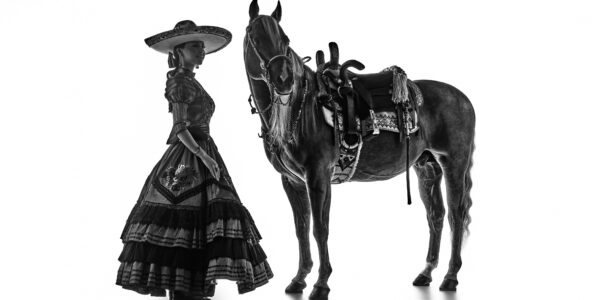
Photographer Stories
Loreto Villarreal – An Evolving Vision

Photographer Stories
Tobias Meier – Storytelling Photography
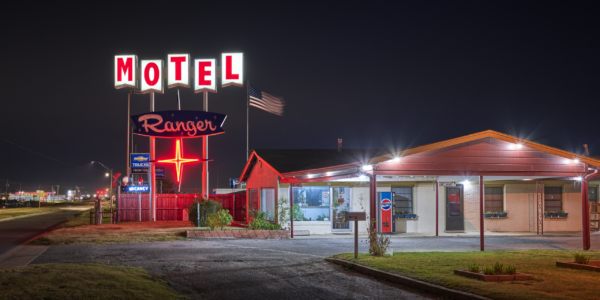
Photographer Stories
Gregory Essayan – Curating Reality

Photographer Stories
Total Solar Eclipse – Matthew C. Ng
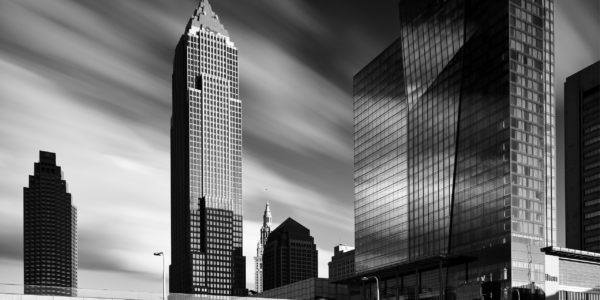
Photographer Stories
Roger Mastroianni – Frame Averaging

Photographer Stories
Matthew Plexman – Bringing portraits to life

Photographer Stories
Prakash Patel – A Visual Design Story

Photographer Stories
Karen Culp – Food Photography Ideas

Photographer Stories
T.M. Glass: Flower portraits

Photographer Stories
Preserving ancient Chinese buildings – Dong Village
